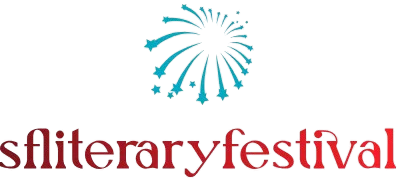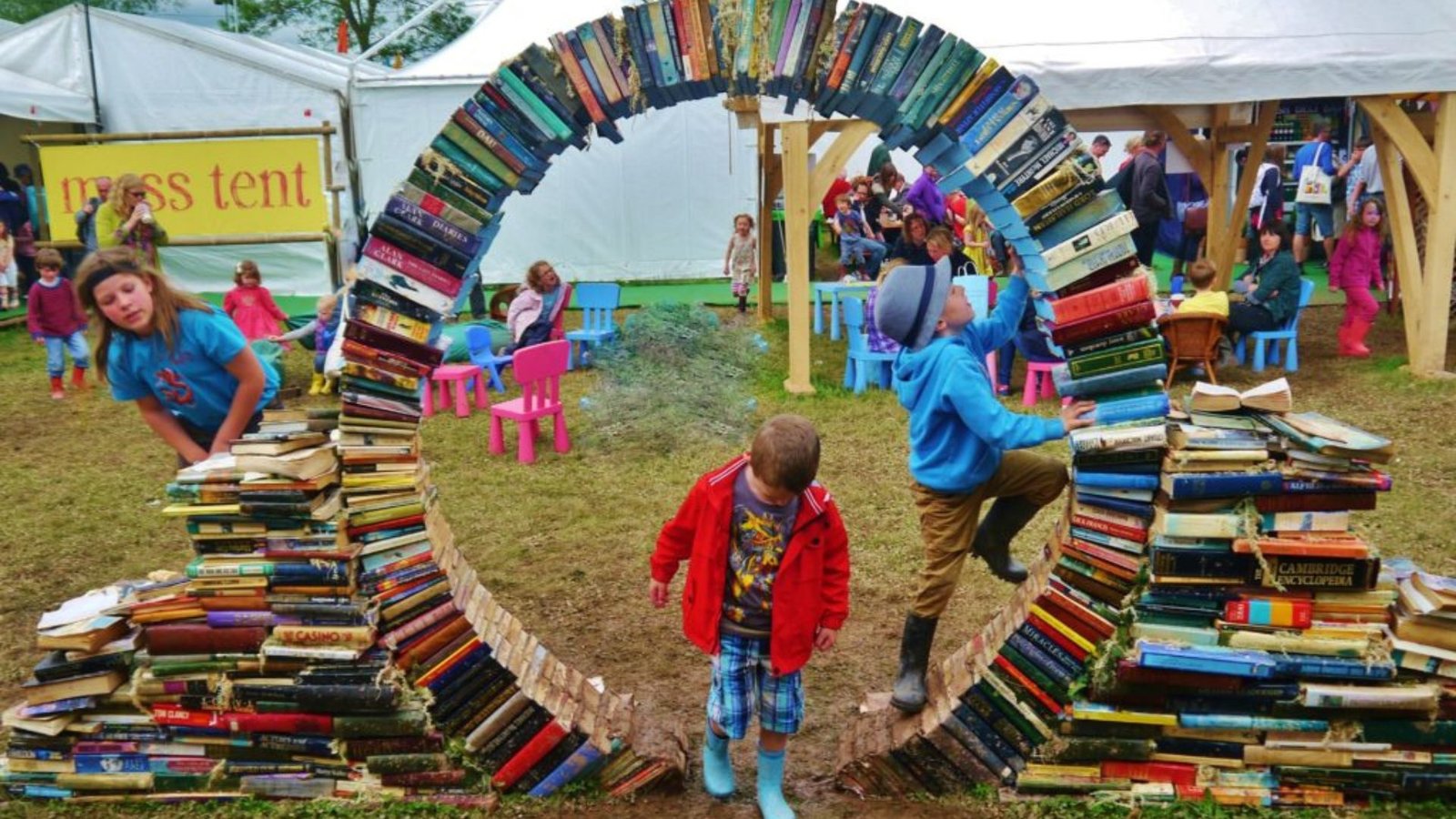Speculative fiction offers a captivating and expansive universe in which imagination knows no bounds. It encompasses various genres, including science fiction, fantasy, dystopian, and supernatural tales that transport readers to extraordinary realms. Here’s a glimpse into the captivating world of speculative fiction:
- Science Fiction: This genre explores fantastical ideas rooted in scientific theory, often set in the future or alternate realities. Examples include “Dune” by Frank Herbert and “Neuromancer” by William Gibson.
- Fantasy: Fantasy literature takes readers into worlds filled with magic and mythical creatures. Epic sagas like J.R.R. Tolkien’s “The Lord of the Rings” and J.K. Rowling’s “Harry Potter” series have captivated generations of readers.
- Dystopian Fiction: Dystopian novels depict oppressive or bleak societies, often cautionary tales about potential futures or alternate realities. Popular examples include “1984” by George Orwell and “The Handmaid’s Tale” by Margaret Atwood.
- Urban Fantasy: This genre blends fantastical elements with contemporary settings. Authors like Neil Gaiman in “Neverwhere” or Charles de Lint in “Moonheart” masterfully incorporate magical realms into our familiar world.
- Supernatural Fiction: Exploring the realms of ghosts, vampires, werewolves, and other supernatural beings, this genre blends elements of horror and fantasy. Anne Rice’s “Interview with the Vampire” and Bram Stoker’s “Dracula” are iconic examples.
- Steampunk: Melding historical aesthetics with futuristic inventions, steampunk focuses on Victorian or Edwardian eras reimagined with advanced steam-powered technology. “The Difference Engine” by William Gibson and Bruce Sterling helped popularize this genre.
- Alternate History: These stories reimagine historical events with a twist, exploring what would have happened if certain events had unfolded differently. “The Man in the High Castle” by Philip K. Dick imagines a world where the Axis powers won World War II.
- Cyberpunk: This subgenre delves into a gritty, technologically advanced society where megacorporations, hackers, and futuristic urban landscapes dominate. William Gibson’s “Neuromancer” and Richard K. Morgan’s “Altered Carbon” exemplify this genre.
- Magical Realism: Blending the ordinary with the extraordinary, magical realism infuses supernatural elements into everyday life. Gabriel García Márquez’s “One Hundred Years of Solitude” and Isabel Allende’s “The House of the Spirits” are renowned examples.
- Apocalyptic Fiction: These stories revolve around cataclysmic events leading to the end of the world as we know it. “Station Eleven” by Emily St. John Mandel and Cormac McCarthy’s “The Road” capture the struggle for survival in post-apocalyptic settings.
Speculative fiction sparks the imagination, challenges norms, and invites readers to consider possibilities beyond our reality. With its vast array of subgenres and stories, speculative fiction offers readers a boundless universe ripe for exploration. So dive in, let your imagination soar, and embark on a thrilling journey through the realms of the unknown.




